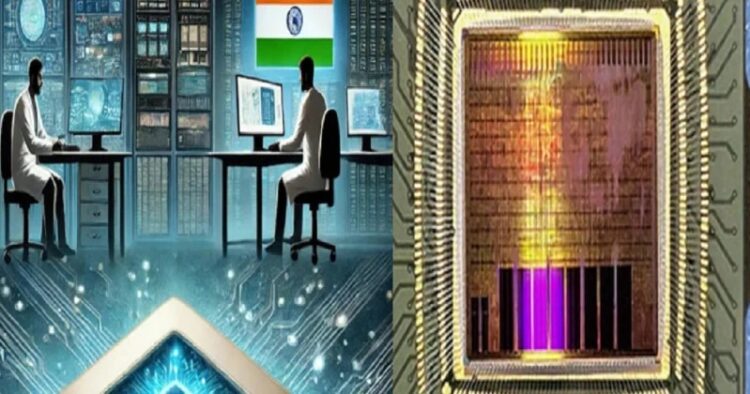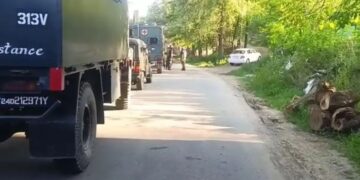The Indian Institute of Technology Madras (IIT Madras) and the Indian Space Research Organisation (ISRO) have jointly developed the IRIS (Indigenous RISC-V Controller for Space Application) chip. This project, aligned with the ‘Make in India’ and ‘Atmanirbhar Bharat’ initiatives, highlights India’s growing expertise in advanced computing technologies for aerospace and other critical sectors.
The IRIS chip, based on the SHAKTI microprocessor, shows a remarkable effort to advance Indigenous semiconductor technology. Developed through the combined expertise of various Indian institutions, the project showcases India’s growing self-reliance in the high-tech sector. The ISRO Inertial Systems Unit (IISU), Thiruvananthapuram, played a significant role in spearheading the initiative, while IIT Madras led the design and development of the chip.
Manufacturing was undertaken by the Semiconductor Laboratory (SCL) in Chandigarh, ensuring that the core fabrication process remained within the country. Tata Advanced Systems in Karnataka handled the packaging, further reinforcing domestic capability in semiconductor assembly. The motherboard production was carried out in Gujarat, and the final assembly took place in Chennai. This coordinated effort across different regions of India highlights the nation’s progress in semiconductor research and development, paving the way for future advancements in indigenous technology.
Professor V. Kamakoti leads the SHAKTI microprocessor project at the Prathap Subrahmanyam Centre for Digital Intelligence and Secure Hardware Architecture at IIT Madras. SHAKTI processors use RISC-V, an open-source processor technology, under the Digital India RISC-V (DIRV) initiative, supported by the Ministry of Electronics and Information Technology (MeitY). Professor V. Kamakoti, Director of IIT Madras, emphasized that IRIS is the third successfully fabricated SHAKTI chip, following RIMO in 2018 and MOUSHIK in 2020. Dr. V. Narayanan, Chairman of ISRO, hailed IRIS as a significant milestone in India’s semiconductor development and commended the teams at IISU and IIT Madras for their dedicated efforts.

















Comments